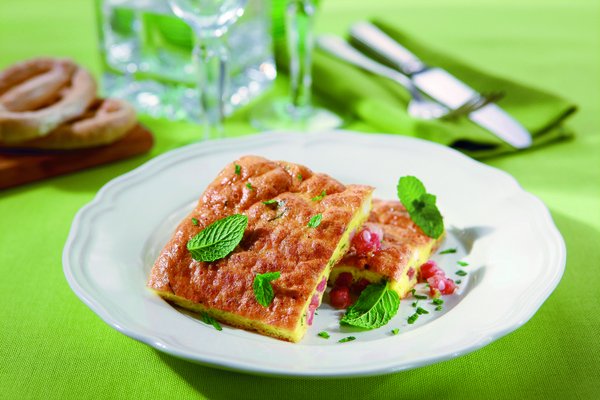If you've been reading my posts, you'll know I always share a little bit of history. "La Genovese" is said to have been first prepared around the time when Columbus landed in the New World, by a selected group of Genoan chefs belonging to the rich and self-implemented Ligurian colony stationed in the Naples seaport district. It's the pasta condiment customarily made for Sunday lunch, and one of my all-time Napoli favorites. In detailing a Pasta primer a few months back, I had promised to post the recipe. Well, here it is.
Note: For its hearty and bold nature, weak stomachs and delicate appetites should abstain from consuming genovese in sight of a busy afternoon (or one that doesn't envision napping).
2 kg (4.4 lbs) of yellow onions
1 kg (2.2 lbs) of rump steak, chopped into stew size parts
250 g (1 1/4 cups) unsmoked bacon, diced
250 g (1/2 lb) pork spare ribs
1 carrot
1 celery rib
2 glasses of dry white wine
1 cup extra virgin olive oil
Salt to taste
2 cups of Ziti (or Penne Lisce) type pasta
Tip: This recipe requires extremely long cooking time, the longer you stew, the softer the meat will be and tastier the sauce.
Dice the carrot and celery and place in the pot with the oil and the meats. Thinly slice the onion holding a chunk of bread in your mouth to avoid tears and add it to the other ingredients.
Cover and simmer over vivacious heat until the onions are translucent and all liquid evaporates. When the onion mash starts to dry, pour the first glass of wine and lower the heat to extremely low. Stir occasionally and stew for 50 minutes.
Then add the second glass of wine, salt and pepper to taste, and keep braising for 2 hours, being extra careful that the sauce doesn’t stick to the pot floor. The result should be a thick, dark velvety purée and a tender meat stew.
This heavenly pasta sauce marries boiled al dente Ziti pasta, broken into 3-inch pieces, richly dressed and generously dusted with grated Parmigiano.
You can serve the stewed meat–or what's left of it after the long cooking–as your dinner entrée, alongside a fresh arugula and shaved fresh fennel salad. But remember, the star dish in the meal is the genovese.
Serves 5/6 big eaters.














